Four Facts For People Wearing A Mask
Advertisement
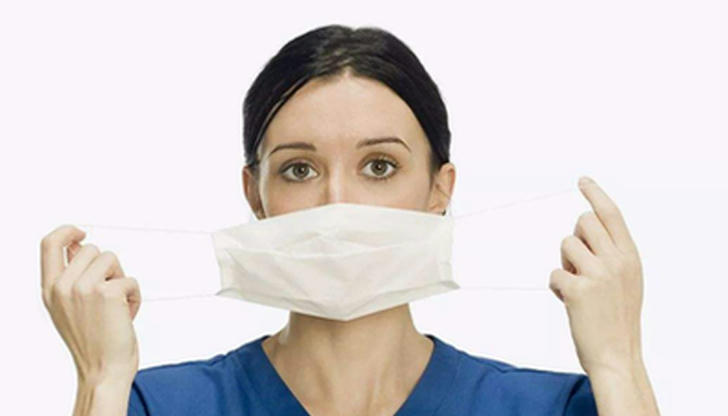
When it comes to infectious disease, there maybe many actions we can take : being fully vaccinated, continuing to wash your hands, covering your coughs and sneezes, avoiding touching your face, keeping your distance, and staying at home. But the most important one is to wear a mask.
As cases of COVID-19 continue to spike again across the country, and its variants BA.4 and BA.5 are continuing to spike globally with faster spread than other circulating variants, wearing a mask is highly suggested to people. Except for COVID-19 and its variants, monkeypox spreads in many countries. All these cases weaken people’s immune system and threaten people’s life.
What’s more, wearing a mask can highly prevent spreading through respiratory secretions when people have close, face-to-face contact.
1.Who Should Wear a Mask?
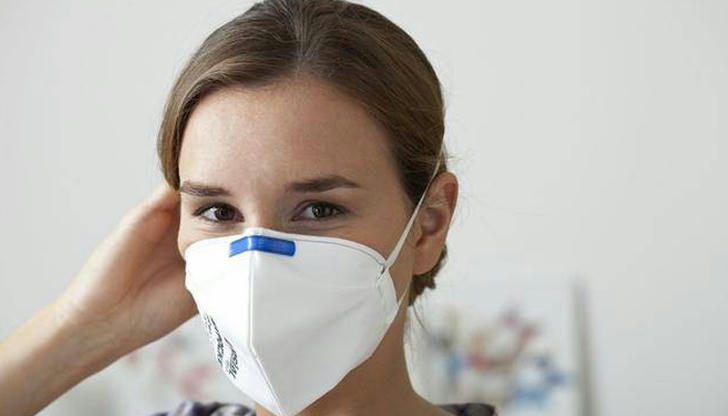
According to WPO, in order to slow the spread of COVID-19, it is recommended that almost all healthy kids and adults should wear a mask, except for children under the age of 2 or anyone who has trouble breathing, or someone unable to remove the mask without assistance. Health care workers, people with COVID-19 symptoms or people taking care of someone with suspected or confirmed COVID-19 must wear medical -graded mask.
That is to say, all of people wearing masks will be a perfect way to create a healthy environment for us in case of infectious disease. They really reduce viral transmission (if worn correctly).
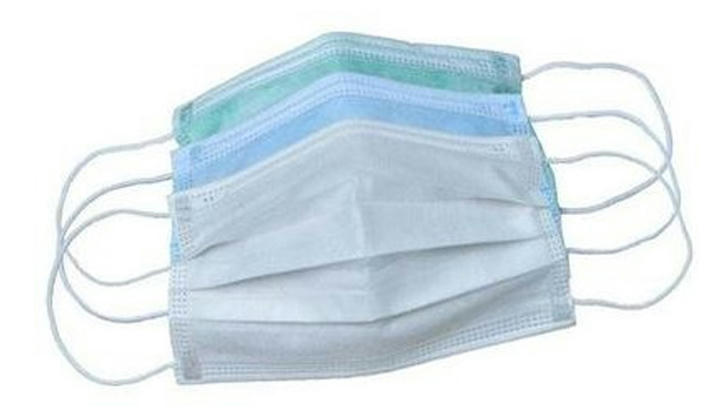
2.How to choose a right mask?
There are many kinds of masks for you to choose. Usually we can choose a disposable mask and throw it away after one use. Of course, we can choose a cloth mask. You can store it in its own bag and reuse it that day, then wash it that night for the next day. However, a wet or dirty cloth mask needs to be washed before reusing.
In some special condition, like COVID-19, we need to wear medical grade mask. It can greatly improve adequate level of protection against COVID-19.
No matter which kind of mask we choose, wearing it properly is very critical - putting on your face mask and making sure it covers your nose and mouth once in place.
3.Why we need to wear a mask
Preventing pre-symptomatic spread, and preventing others from getting sick
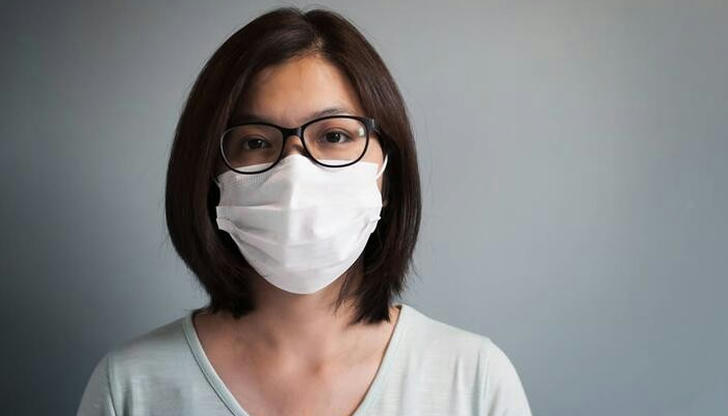
In some condition, some symptoms have happened on your body. Especially, when you know you have COVID-19, it is very urgent for you to wear a mask no matter where you are. However, as some data reports, more than half of all transmissions are caused by asymptomatic individuals. In other words, you would be asymptomatic, and it means that you could be carrying the virus in your body before you get any symptoms of it or you may have the virus but never get symptoms.
Protecting yourself from getting sick
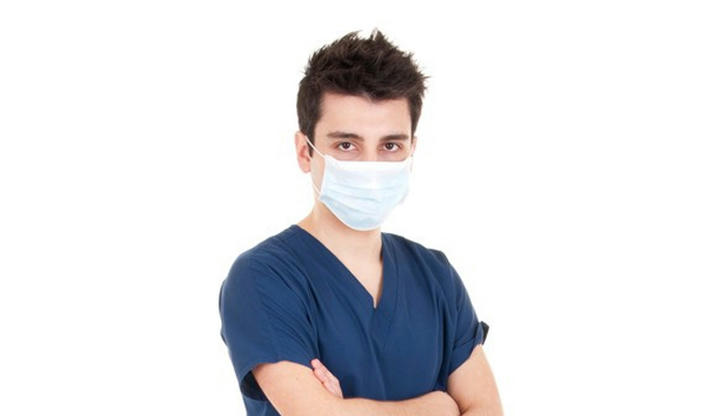
Studies do show that the person wearing the mask is also partially protected from being exposed to infectious droplets coming from other people with the virus—better than no mask at all.
Think about it: If you’re sick, a mask can help keep your germs from infecting others. If you’re healthy, a mask can help keep respiratory droplets from someone who is sick from landing in your nose and mouth.
If we are all in this together and wearing a mask helps protect you and everyone around you, especially those who are at the highest risk, our world would be much more healthier.
Developing a good hygiene
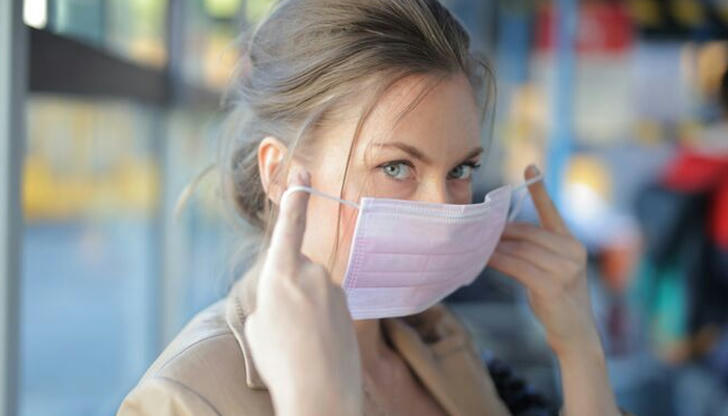
Wearing a mask can protect ourselves from contracting potential illnesses from patients and prevent their own germs from spreading.
There are some tips here to make sure you are properly protected
In some countries, wearing a mask has become a good hygiene when in a high-risk situation. In some cultures, it is very common to wear a mask protects one against allergies.
4.Some tips here to make sure you are properly protected
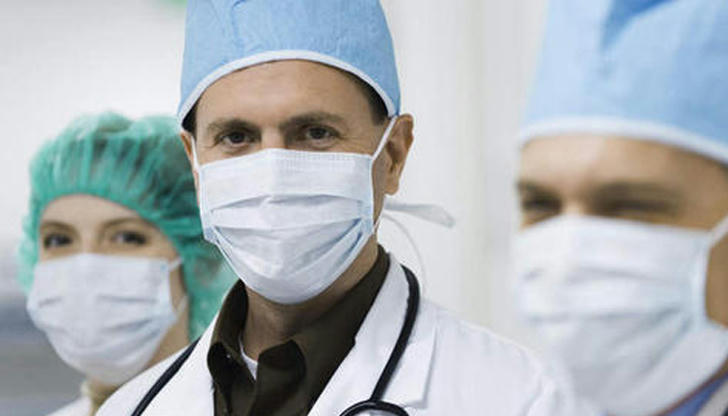
•Choose a mask with multiple layers, made of tightly woven material. •Choose a mask that doesn’t have a valve or other openings in it. •Make sure it covers your face from the bridge of your nose down to your chin. •Try to fit it snugly against the sides of your face, making sure there are no gaps. •Make sure you can breathe easily through it. •Do not wear it on your forehead or around your neck. •Do not touch the inside of it
In general, while we can’t quantify how effective it is to wear a mask, we do know it offers some protection while not wearing one offers none. But it is true that it can help lower the odds. Masks are most protective when everyone is wearing them.



